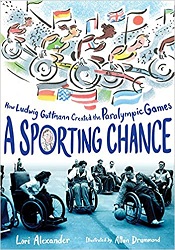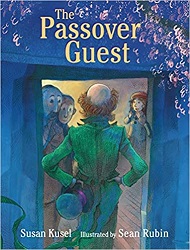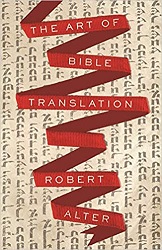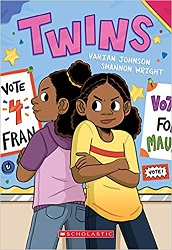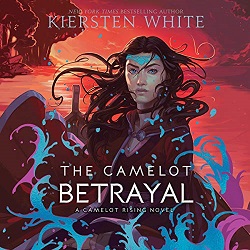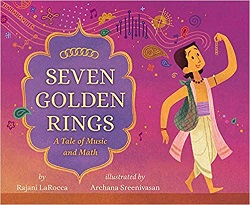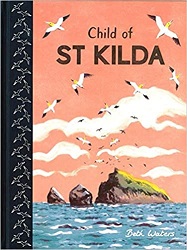Review of A Sporting Chance, by Lori Alexander, illustrated by Allan Drummond
How Ludwig Guttmann Created the Paralympic Games
by Lori Alexander
illustrated by Allan Drummond
Houghton Mifflin Harcourt, 2020. 114 pages.
Review written January 13, 2021, from a library book
Starred Review
This nonfiction book for upper elementary and middle school students hits the sweet spot of children’s nonfiction. It’s got lots of information about a fascinating high-interest topic and it mixes plenty of engaging illustrations with historical photographs that surprise the reader.
The introductory chapter is about an English soldier who was paralyzed during World War II at a time when such people were put in a full-body cast and declared “incurable.” Then it goes on to tell about Ludwig Guttmann, who changed all that.
Ludwig Guttmann was Jewish, born in Germany in 1899. He escaped two world wars – the first one because he had an infection on his neck and the second one after he had been removed from his position in a hospital and finally realized that it was dangerous to stay in Germany. However, before he left Germany, the book follows his interest and expertise learning about caring for paraplegics.
In Great Britain, at first Ludwig wasn’t trusted to care for patients, so he did research. That research helped him when he got a chance to run a hospital for paraplegics after the war was over. He refused to see them as incurable and had far better records of successful healing than anywhere else in the world.
But it was the patients who first started playing team sports with one another, starting a spontaneous game of wheelchair polo. Ludwig saw how much it lifted their spirits as well as strengthening their bodies, and encouraged it as competition. Then they began inviting other hospitals to contribute teams, and then other countries. Eventually, it became affiliated with the Olympic games and the Paralympic games were born.
This book does a great job of telling about Ludwig but also about the amazing difference he made in the lives of disabled people.
The last chapter features six athletes from different parts of the world with different disabilities who have competed and won in different sports at the Paralympic Games.
This book is both inspiring and fascinating. All the photos and illustrations make it a quick and satisfying reading experience.
lorialexanderbooks.com
allandrummond.com
hmhbooks.com
Find this review on Sonderbooks at: www.sonderbooks.com/Childrens_Nonfiction/sporting_chance.html
Disclosure: I am an Amazon Affiliate, and will earn a small percentage if you order a book on Amazon after clicking through from my site.
Disclaimer: I am a professional librarian, but the views expressed are solely my own, and in no way represent the official views of my employer or of any committee or group of which I am part.
What did you think of this book?
